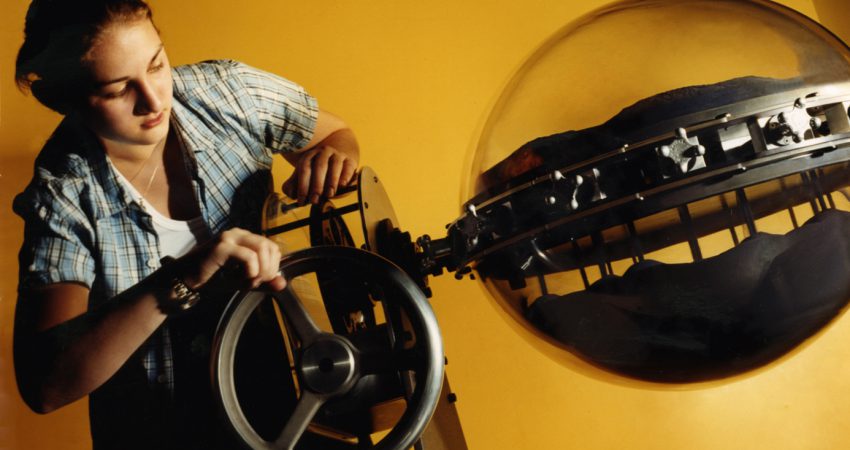
By Louise Ann Lyon - June 2011
PAPER CITATION
Roth, W. M., & Van Eijck, M. (2010). Fullness of life as minimal unit: Science, technology, engineering, and mathematics (STEM) learning across the life span. Science Education, 94(6), 1027–1048.
To meet the challenge of facilitating STEM learning in the future, the authors reflect on 20 years of past research to formulate and propose a new unit of analysis—the Total Life of a person—and three attendant concepts: knowledgeability, the disposition of a d´ebrouillard/e, and the collective nature of knowledgeability.
As an example of the three concepts, the authors present the narrative of a “fish kill.” The activist reporting the event arrives at a stream to do some restoration work when he discovers that there are many dead fish in the stream. The narrator wishes to collect the data that will confirm a “fish kill” (as opposed to a few dead trout) and to allow the cause of the “fish kill” to be determined. Since the event happens late on a Friday afternoon, however, expert resources are limited, and the narrator is unable to contact the manager of the environmental group. The narrator therefore has to find other people who can loan him equipment, demonstrate how to use the equipment, and tell him how to do the proper water testing necessary to determine a “fish kill.”
The authors analyze this vignette to describe their three concepts. In this case, the narrator exhibits knowledgeability by not only using his own knowledge of a fish kill, but also augmenting that knowledge through investigating the event. He also demonstrates the disposition of a d´ebrouillard/e by creatively generating a solution to his problem off the cuff when the environmental group manager is unavailable. The collective nature of his knowledgeability is evident in his reliance on others to learn such concepts as how to do useful water testing. The authors go on to point out commonalities between the illustrative vignette and other empirical studies they have conducted in a wide variety of settings to demonstrate how people are able to draw upon many resources to come up with creative solutions to everyday problems. The authors use these examples to give insight into how science should be taught in school in support of their Total Life model. They argue that this framework, in contrast to the current school practice of teaching scientific concepts in a vacuum, makes scientific concepts relevant and sensible.
The authors propose that authors need to look at where the STEM learning is happening in everyday actions and interactions. In tackling problems that require STEM knowledge, it is necessary for people to come up with off-the-cuff solutions that may need asking help from others and learning new skills. The authors argue that we learn about the ways in which people use their own knowledge and the help of others to come up with feasible solutions to their problems in situations of not knowing what to do by observing their lives. They also contend that the disposition of creatively getting out of problems and the willingness to solve problems with the assistance of others will promote STEM learning and work in the future. As a result of such experiences, they argue, learners develop dispositions that help them with STEM learning and acting throughout their lives through inevitable changes instead of simply memorizing facts or learning a single way of solving problems on their own. The authors assert that school science would serve students better by helping and encouraging them to develop dispositions to cope with problems creatively in the moment rather than teaching through concept memorization.
Informal science educators should be well-poised to implement the Total Life model. When solving real-world problems outside of school, students can be called upon to generate creative solutions with others, thereby increasing their own scientific knowledge.




